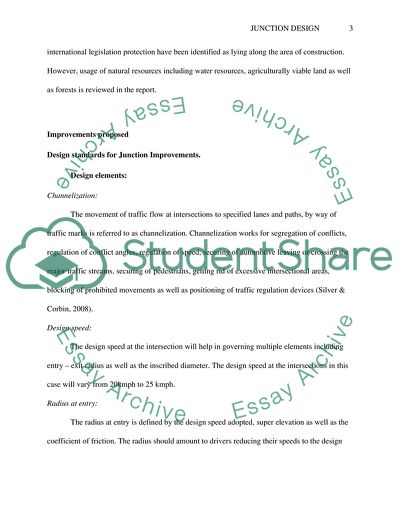Cite this document
(Junction Design Report Example | Topics and Well Written Essays - 1750 words, n.d.)
Junction Design Report Example | Topics and Well Written Essays - 1750 words. https://studentshare.org/engineering-and-construction/1773971-transport-engineering
Junction Design Report Example | Topics and Well Written Essays - 1750 words. https://studentshare.org/engineering-and-construction/1773971-transport-engineering
(Junction Design Report Example | Topics and Well Written Essays - 1750 Words)
Junction Design Report Example | Topics and Well Written Essays - 1750 Words. https://studentshare.org/engineering-and-construction/1773971-transport-engineering.
Junction Design Report Example | Topics and Well Written Essays - 1750 Words. https://studentshare.org/engineering-and-construction/1773971-transport-engineering.
“Junction Design Report Example | Topics and Well Written Essays - 1750 Words”. https://studentshare.org/engineering-and-construction/1773971-transport-engineering.


